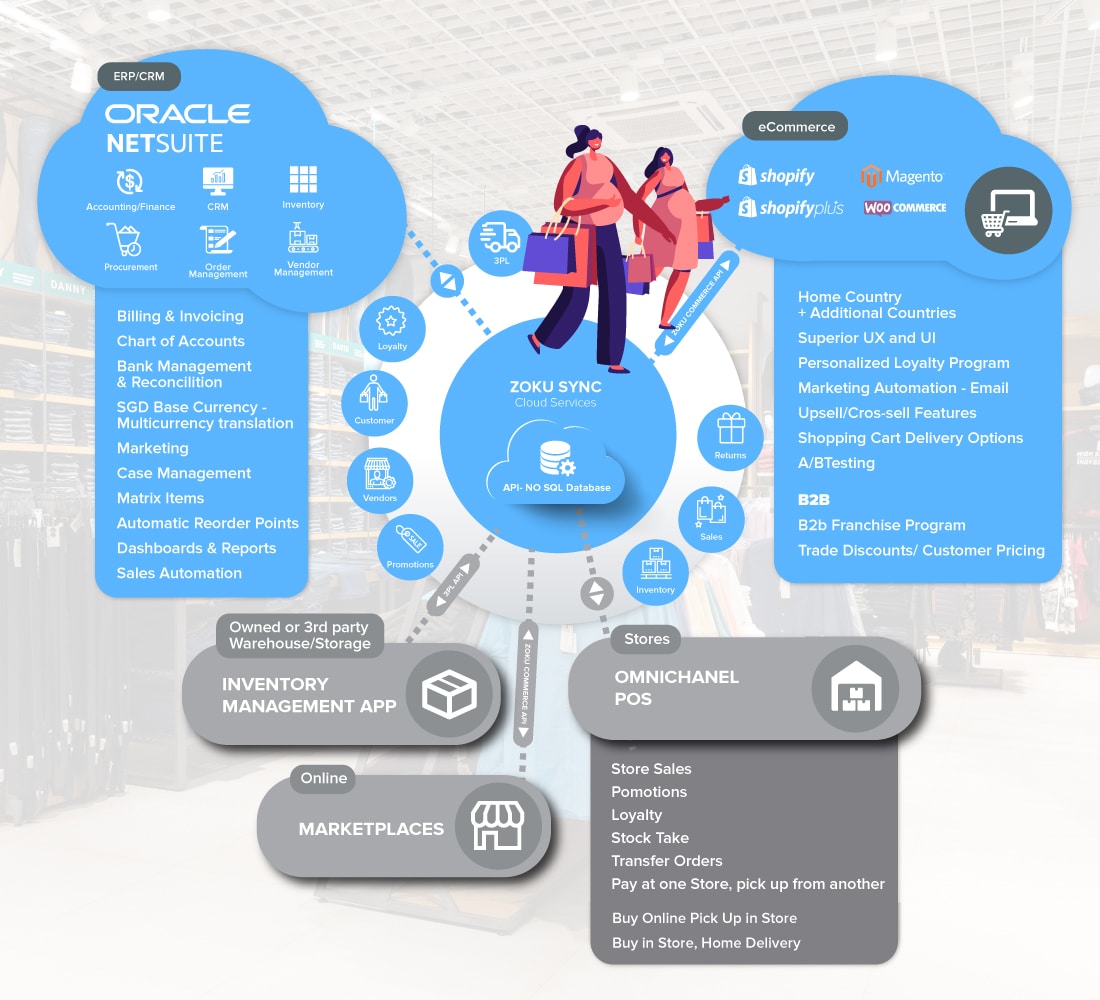Mostsuccessful eCommerce companies start with a low-cost, quick to launch, easy to maintain, template-based solution such as Shopify or WooCommerce.These companies themselves started with a great idea and limited funding, with the founders providing a platform for building a web store with a limited technology background. By now there are plenty of solutions out there that allow entrepreneurs with good ideas to launch their online business fast, without breaking the bank.
But eCommerce entrepreneurs who succeed with their simple web stores soon realize that they need to innovate to remain competitive in the market and grow. They deploy technologies such as SEO, abandoned cart management, sales automation, advanced content, UX/UI techniques, and tools. Often they upgrade to more advanced platforms such as Shopify Plus or Adobe Cloud. Business applications such as extensions and plug-ins make it easy for online retailers to add specific functions to their sites as needed.
But as their businesses grow, e-commerce site owners often end up spending too much time juggling paperwork and working with multiple disparate systems to manage their growing accounting, inventory, order, and procurement management needs as well as their customer interactions.
At the same time, they realize that their eCommerce site is just one of many possible sales channels. Other channels such as marketplaces and physical locations– whether popup or permanent -require Point of Sale systems. As a result, instead of focusing on building their businesses and customer relationships, they find themselves spending too much time dealing with all these disconnected back office and sales systems.
Imagining a Combined Front-and-Back Solution Without Silos
What these successful eCommerce retailers often discover they need is a single, unified data hub that eliminates silos in their information and process flows. They seek, but may not easily find, a solution where customer and inventory data remain accurate and organized throughout each business transaction as well as overtime across all transactions, products, and channels.
- Inventory details: When an item is purchased, the ERP system automatically updates the count of what’s in stock, preventing customer orders from completing if an item runs out.
- Automating re-ordering and other repetitive tasks: ERP software can assist in order placement by automatically triggering task such as scheduling, calculating shipping costs, or printing labels.
- Automating accounting tasks to eliminate the potential for human error, such as ensuring that your business turns in accurate numbers not just to internal systems but also to the IRS or other tax authorities, reducing the chance of mistakes, embarrassment, and penalties.
- Handling increases in demand: If your business has a better ERP solution, you won’t need to worry about handling increased sales or e-commerce traffic. ERP software can automate these services for you without staffing up. Celebrate the uptick without breaking a sweat.
- Using the ERP system to amplify the power of your web store: up-to-date product, inventory, and order history can be available online 24/7.
The Best of Both Worlds: Zoku to the e-tailer’sRescue
One innovative software vendor has focused on solving this front-and-back integration conundrum for online retailers. Zoku brings together an integrated back to front end eCommerce solution with advanced back-office functions – Accounting, Inventory Management, Procurement, and HR.
The result of Zoku’s elegant and affordable offering is seamless flow across all your digital sales channels, from your own B2C or B2B eCommerce store to marketplaces and mobile apps as well as POS for any physical shops you may have. You and your customers benefit from the best of both worlds: innovative e-commerce backed by the most powerful back-office and warehouse management systems.
Zoku is built on top of NetSuite, the leading Cloud ERP system. This leaves the choice of eCommerce platform totally up to you. Whatever you choose, you benefit from the seamless combination of your preferred front-end solution with top warehouse Management and POS applications.
The result is a single, unified data hub that eliminates incompatible silos and conflicting apps, freeing up your time and resources to concentrate on customers and building your business rather than software incompatibilities and inefficient process flows. The best part is that Zoku’s out-of-the-box software solutions and a suite of API integrations replace costly, time-consuming IT projects. We all have better and more enjoyable things to do than that!


